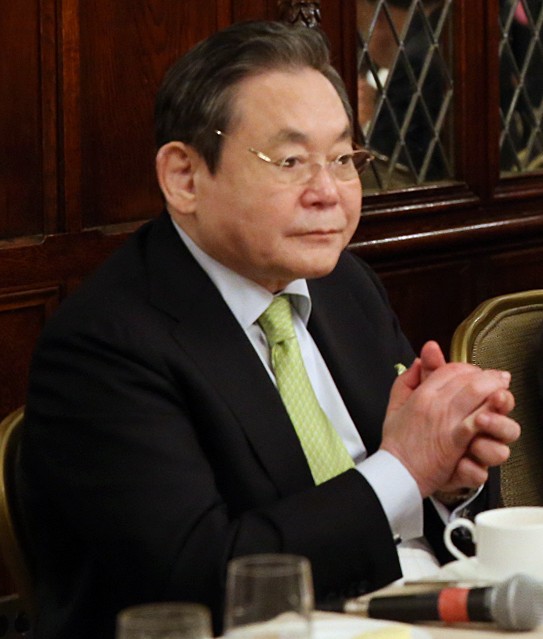
Lee Kun-hee, the leader who transformed Samsung, changed how the world communicates

By Habib Toumi
SEOUL: One of the greatest merits of Lee Kun-hee was that as a true leader with great inspirations and impressive aspirations, he would not leave the world with the tragic thought that he “could have”, “should have” or “might have” done more to make Samsung a global brand.
He was not the man of such sorry mantra and he did want to be a gifted manager, but rather a successful leader grand with ambitions.
He had time to understand how the company worked as at the age of 36, he became vice chairman of the group’s construction and trading arm. In 1987, he became group chairman, shortly after the death of Samsung group founder Lee Byung-chull.
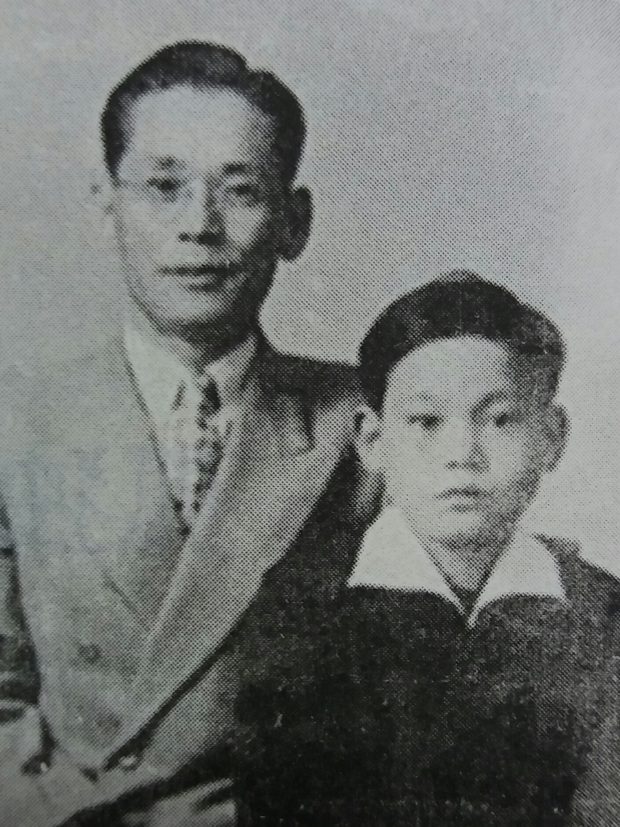
He immediately embraced the challenge of leadership and of asserting a culture that makes the impossible possible, turns dreams into reality and motivates people to stretch beyond their conceived limits to give the best of themselves.
To achieve such goals, he started with instilling a culture of innovation and attention to the slightest details and a mindset of success and of inexorably moving forward.
Planning way ahead into the far future, even if the company is faring well, was a fixation with the new chairman. And he conveyed this spirit of not being complacent with the present and of thinking in terms of crises to the managers in the company.
According to reports, in 1993, he summoned several Samsung Electronics managers to a hotel in Frankfurt and lectured them for days, urging them to embark on a transition that does away with the old ways of thinking working and embraces new ones
“Change everything, except your wife and children,” he reportedly told them.
Chairman Lee also insisted on having people with bright minds in the business, sending some of the potentially outstanding ones abroad to hone their skills and acquire new significant knowledge.
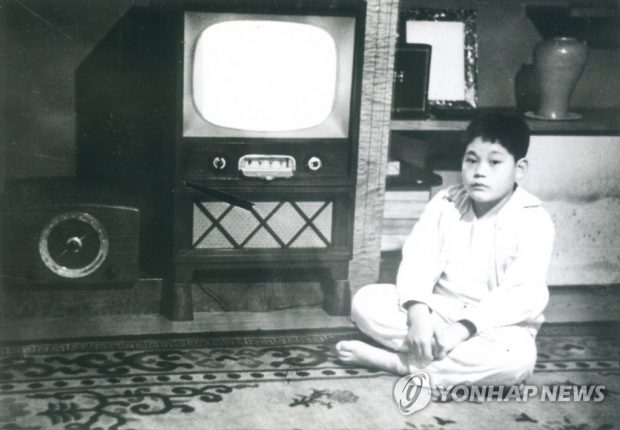
For him, success cannot be achieved by the weak or the hesitant. It demands special people with strong ambition, robust motivation and profound knowledge.
“No matter what happens, there will be nothing to be afraid of if we have the best talent,” Lee reportedly said.
“In the era of unlimited competition, winning or losing will depend upon a small number of geniuses… One genius will feed 100,000 people.”
And unlimited competition meant making sure that your company is not marketing competitive products even though at the time, most South Korean companies focused on quantity over quality.
One out of ten handsets bought by consumers will be defective. But the mindset that “quality was best” was difficult to change.
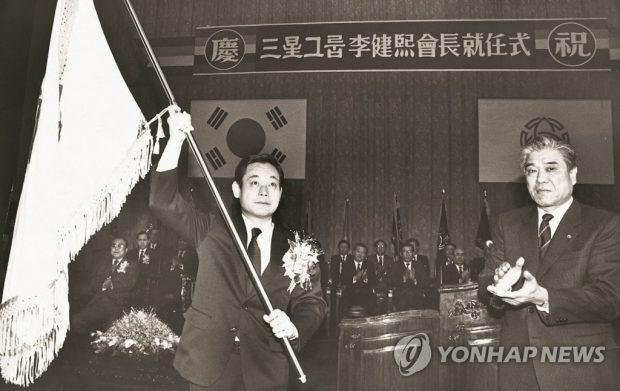
To drive the message that Samsung’s name must not be associated with a reputation of “shoddy producer of cheap, low-quality products” and that underperforming products would not allow the company to compete globally, Chairman Lee, imbued with a sense of crisis and dismal with underperformance, resorted to an exceptional psychological visual display of what he meant.
According to an anecdote reported internationally, “In 1995, [Samsung] Chairman Lee was dismayed to learn that cell phones he gave as New Year’s gifts were found to be inoperable. He directed underlings to assemble a pile of 150,000 devices in a field outside the Gumi factory. More than 2,000 staff members wearing headbands reading “Quality First” gathered around the pile while Lee and his board of directors sat under a banner that read “Quality Is My Pride.”
The pile of $50 million worth of phones, fax machines and other inventory was set ablaze. When the flames died down, bulldozers razed whatever was remaining. ‘If you continue to make poor-quality products like these, I’ll come back and do the same thing, the chairman reportedly said.”
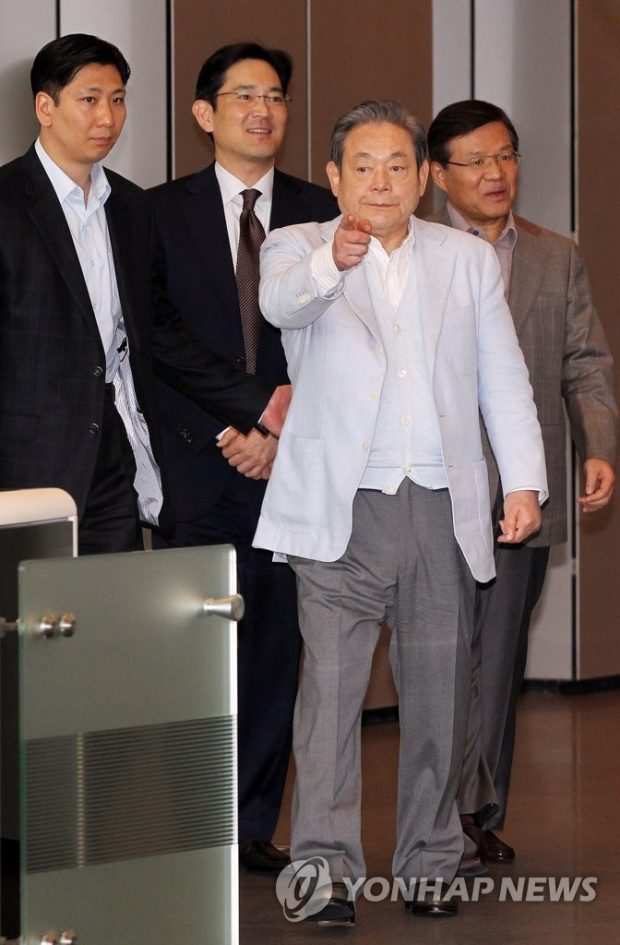
It was an unusual and a drastic move, but Lee showed the staff that Samsung’s defect rate for handsets that was at one time as high as 11.8% would change forever and that gaining consumer trust was hard and costly while losing it is so easy.
From then onwards, Samsung shifted radically from quantity to quality, and Chairman Lee pushed the company relentlessly up the world’s technological ladder.
Soon Samsung promoted an image as a business with cutting-edge technology, overtaking its Japanese and US rivals and becoming a global pacesetter in memory chips.
When cellphones became powerhouse computing devices in the 2000s, Samsung eased into the middle-to-high end of the mobile market. The Samsung products across the world became cases of how the company’s forward-looking management led to brand value and greater revenue.
It was clear that Chairman Lee’s assertive leadership allowed Samsung Electronics to adapt to market changes quickly and decisively, which gave it an edge over its rivals in creating and exploiting new opportunities.
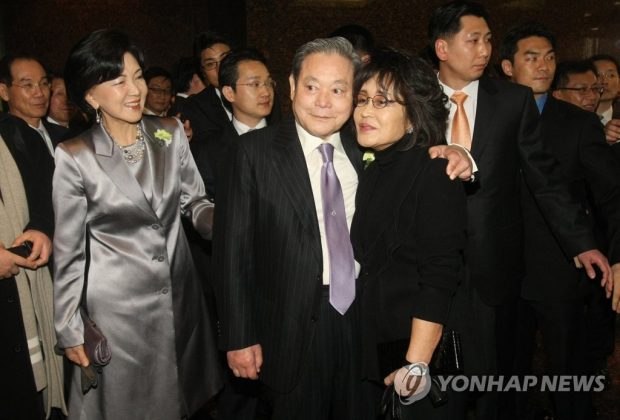
The Samsung Innovation Museum in Suwon has an exhibition hall that chronicles the major developments in technology since the early days. Visitors can see that in the last 30 years, Samsung has played a highly significant role in the developments with impressive inventions and outstanding designs.
The global success is attributed mainly to the clear vision and focused determination of a bold leader, Lee Kun-hee, born in Daegu, in Japanese-occupied Korea, on January 9, 1942, to Park Doo-eul and Lee Byung-chul who had founded Samsung a few years earlier as an exporter of fruit and dried fish.
Rather than imitating others and be content with doing what everybody else was doing, he set his mind on transforming Samsung into a high-performing and self-renewing company, motivating the staff to extent their potential and achieve fully and developing a culture of success and achievements where all people are proud of their products and their contributions.
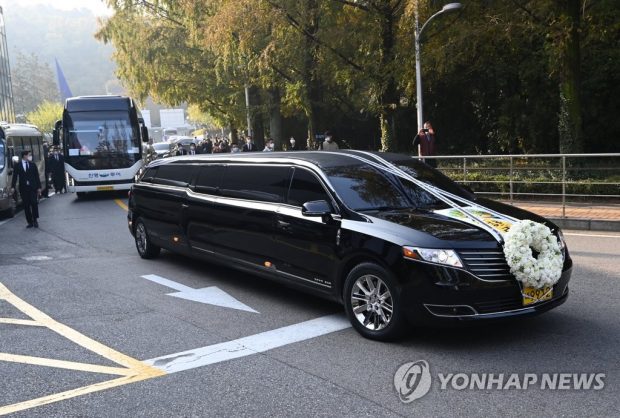
Chairman Lee had a heart attack in 2014, and Lee Jae-yong, his son and vice chairman of Samsung Electronics became the company’s de facto public face.
On Sunday October, 25, 2020, the chairman who refused to be satisfied with the level of Samsung’s performance, status and profits and transformed it into an electronics Titan company passed away.
He will always be remembered and hailed for his quintessential example of strategic leadership and appropriate ambition.


